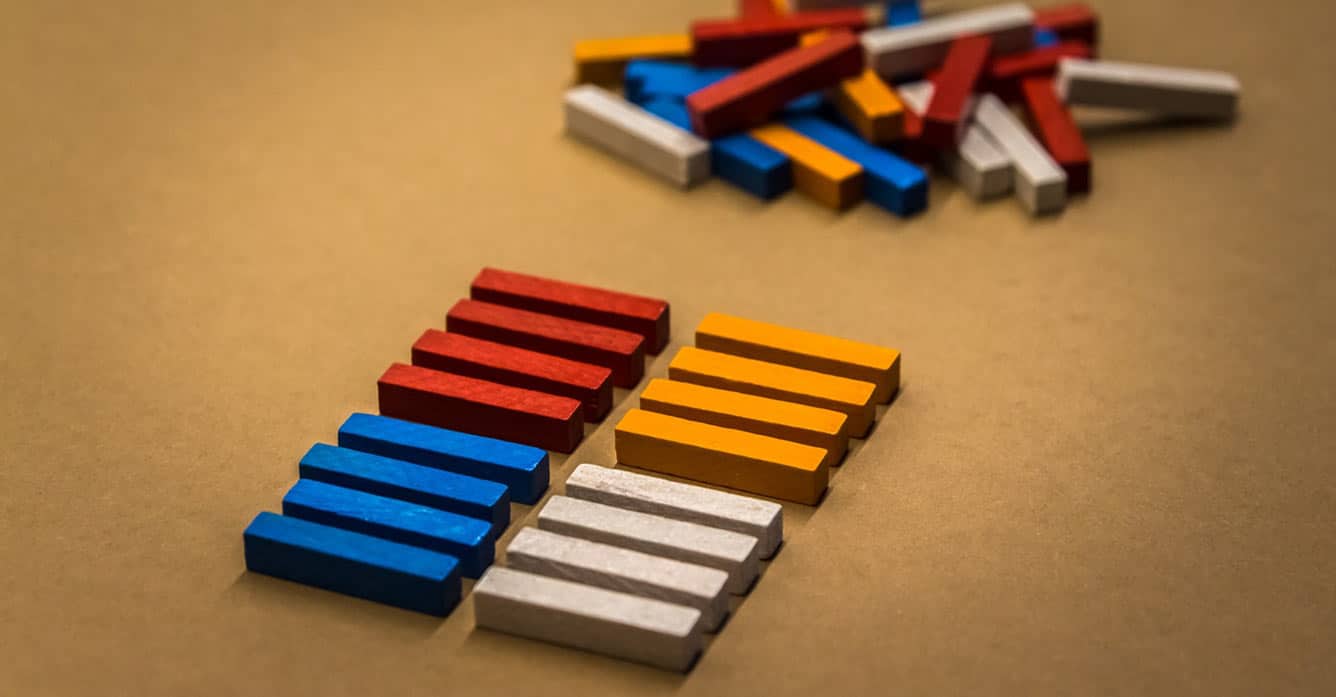Every retailer has been there. It’s 7:00 p.m. and the store is a mess. Items are knocked over, on the floor, unpackaged, scattered on other displays… you get the picture.
For as long as customers have been shopping in stores, they have been disturbing products. Store recovery can account for as much as 40 percent of sales floor labor. There’s no avoiding it, but there are measures that we can put into place to reduce labor spend and keep a better-looking sales floor presentation.
The following are some strategies that every retailer can pursue to combat recovery needs.
Determine how much product facing is required
Every retailer has different merchandising expectations. For some, it may be important to the brand image that all products on the shelf are neatly faced. For others, simply having the product displayed is fine enough. There is no need to go overboard on blocking and facing items. The cost of blocking and facing should be reviewed with merchandising in order to set the right expectations for stores.
Research display fixtures that reduce recovery need
If the fixture makes it too difficult for customers to properly return items, they simply won’t do it. Try investigating styles of fixtures that meet your merchandising needs while promoting less recovery effort. There are two basic attributes to look for in a fixture:
1. Does it perform automatic recovery?
Many shelves can be outfitted with either “pushers” in the rear that move product forward or that set up as gravity feeds. Let the fixture perform the recovery for you.
2. Does it promote item recoil?
Socks hung from wall pegs make it difficult for customers to get to items in the back. This increases the likelihood the customer will either not return the item at all or will hang it in the front spot of a different peg. Bulk-style fixtures may make it easier for customers to both access and return the product.
Assign time-intensive recovery tasks to coverage positions
Not all recovery tasks are created equal. For example, minor facing and product placement are much less time intensive than repackaging. These types of recovery needs can be batched and handed off to an associate in a service coverage position to work on during idle time. This improves overall utilization and keeps the sales floor associate moving on to other tasks.
Reduce overall walking time to perform recovery
Store associates often do not realize how much time they spend walking the store until they glance at their Fitbit at the end of the day. Walking time can be significantly reduced by having the associate push a cart along a predetermined path, fixing items as they go, but never backtracking. If an item is out of place, they put it in the cart. The associate pushes forward until reaching the end of the path, then turns around to make one final pass to return any remaining items in the cart. This practice effectively minimizes the number of overall steps required.
Align recovery scheduling with customer traffic
Recovery needs are different in every store, on every day, and throughout different times of day. This workload can easily be forecasted to better align recovery labor across stores. Data sampling may be used to establish an average number of items disturbed or misplaced per customer.
Today’s industry-leading algorithms are able to forecast traffic counter or point-of-sale data at 15-minute intervals with over 90 percent accuracy. The combination of incredibly accurate forecasting and granular insights enables recovery labor to be scheduled exactly when it is needed.
So while store recovery might be a necessary evil, it doesn’t have to be a negative. Put these strategies into practice and see what a difference they can make in your business. Cut costs, increase efficiency and improve the shopping experience as you control the chaos!



